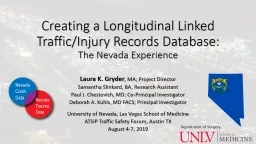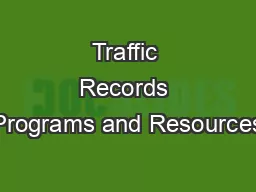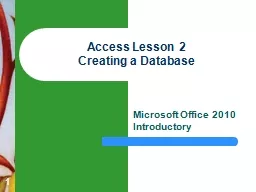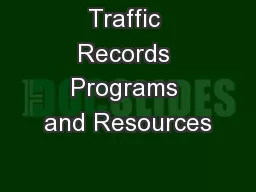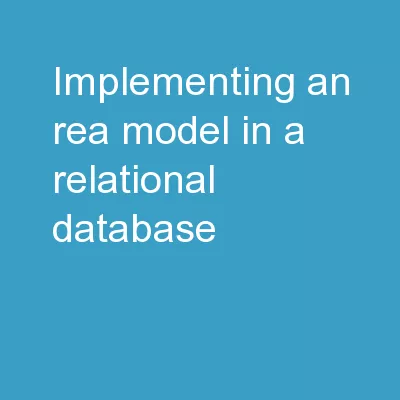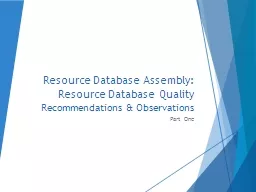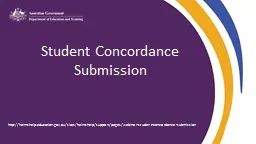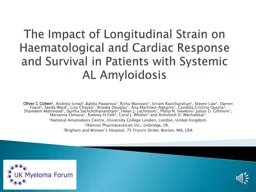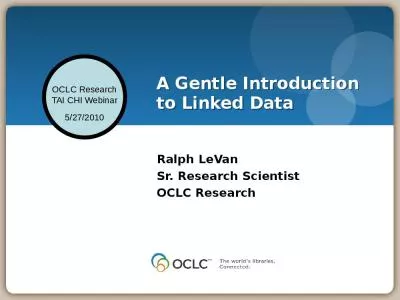PPT-Creating a Longitudinal Linked Traffic/Injury Records Database:
Author : hirook | Published Date : 2020-06-17
The Nevada Experience Department of Surgery Laura K Gryder MA Project Director Samantha Slinkard BA Research Assistant Paul J Chestovich MD CoPrincipal Investigator
Presentation Embed Code
Download Presentation
Download Presentation The PPT/PDF document "Creating a Longitudinal Linked Traffic/I..." is the property of its rightful owner. Permission is granted to download and print the materials on this website for personal, non-commercial use only, and to display it on your personal computer provided you do not modify the materials and that you retain all copyright notices contained in the materials. By downloading content from our website, you accept the terms of this agreement.
Creating a Longitudinal Linked Traffic/Injury Records Database:: Transcript
Download Rules Of Document
"Creating a Longitudinal Linked Traffic/Injury Records Database:"The content belongs to its owner. You may download and print it for personal use, without modification, and keep all copyright notices. By downloading, you agree to these terms.
Related Documents

